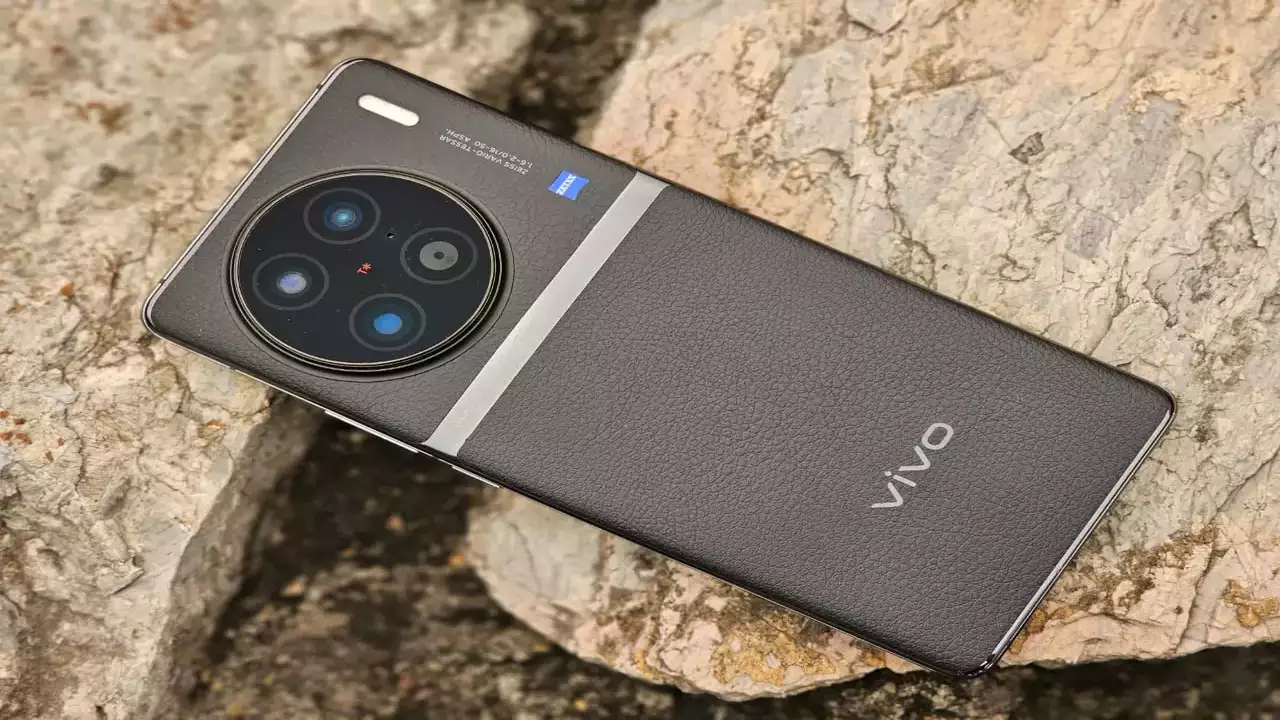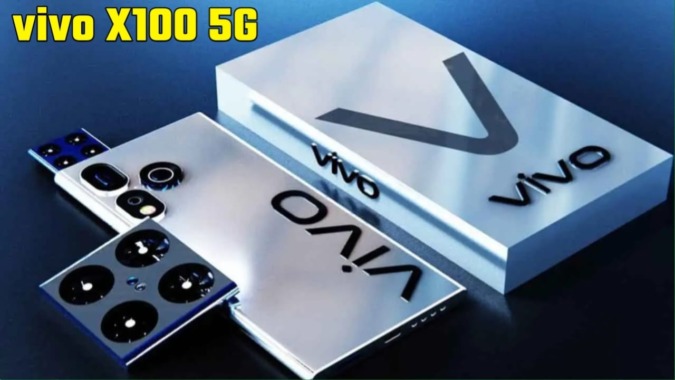
Here’s all that you need to know about Vivo X100 Pro.
Table of Contents
“Differentiating between these devices is challenging, as they serve distinct purposes and aren’t direct competitors. Ambitious photographers are likely to embrace both, whereas regular consumers or even demanding amateur photographers may opt for a single camera or smartphone system. Oliver Schindelbeck, Senior Smartphone Technology Manager at Zeiss Consumer Products, emphasizes that the debate over whether a DSLR or smartphone camera is superior has become irrelevant.
Shift In The Focus With Vivo X100 Pro
The focus has shifted away from competing with DSLR cameras. These two camera categories cater to diverse needs, and smartphones, in particular, have excelled in areas such as computational power and imaging. In a recent interview during the pre-launch of the Vivo X100 Pro in Hong Kong, Schindelbeck elaborates on how smartphones have surpassed traditional cameras in certain aspects.”
If you want to buy a Vivo Phone with huge discounts, then click here.

Schindelbeck highlights the significant divergence in the integration of ISP (Image Signal Processor) and AI, contrasting the current design of smartphone cameras with their earlier counterparts. He notes that while the hardware components may not exhibit substantial differences, the overall approach has evolved considerably. “If you solely examine the hardware aspect, there isn’t a dramatic shift,” he explains. “The fundamental concept remains largely unchanged, involving a stack of lens elements and a sensor at the back, whether for conventional or more recent periscopic camera systems. However, the technology has become more intricate. The number of lens elements has increased from four or five to seven or eight, incorporating a combination of plastic and glass. We’ve fine-tuned and optimized the system further, introducing enhancements on both the lens and sensor fronts.”
Check out: Best Smartphones Below 15,000
Vivo X100 Pro Camera Details
Vivo’s X100 Pro, the flagship model within the X100 series, boasts a 50-megapixel Periscope zoom lens featuring Zeiss’ APO “floating design” incorporating innovative Vario-Apo-Sonnar elements. In essence, this design allows the lens to dynamically adjust its position, moving forward and backward to achieve focus at different distances. Enhancing its photography capabilities, the phone’s camera is equipped with a rapid f/2.5 aperture and a sizable 1/2-inch sensor. Targeted specifically for portrait photography, Vivo emphasizes the X100 Pro’s advanced features tailored to capturing compelling portraits.
Read: Best Smartphones Under 10,000
Creating a camera system for a contemporary smartphone is not just intricate but also entails a protracted process that extends across generations, requiring the technology to mature before its integration into a phone becomes feasible. Schindelbeck elucidates, stating, “Identifying the next aspect to optimize or introduce is crucial. Once we pinpoint the area for development, it falls upon the engineering departments to articulate these requirements into specifications and subsequently craft the camera system accordingly.”
Read: How To Make Your Smartphone Fast
USP of Vivo X100 Pro
Schindelbeck illustrates the introduction of a novel Telephoto Sunshot mode as an example, enabling users to capture images of the sun without overexposing the surroundings and the rest of the sky. Developing such a sun mode required a camera module with the necessary telephoto capabilities. Schindelbeck discloses that it took approximately six to 12 months of dedicated development time before a camera module of this caliber was ready for mass production.
Buy: Best Doorbell Camera in Budget
Elaborating on the extensive process, Keshav Chugh, Product Manager – Camera R&D at Vivo India, adds, “It’s a lengthy journey. We collaborate with Zeiss for the hardware and module design while concurrently working on the ISP and algorithms. This involves fine-tuning the camera’s overall scene detection and HDR, and eventually, all the components seamlessly come together.”
Read: Best Dumb TVs of 2023
“If one desires to capture a telephoto Sunshot using a professional camera, the inclination is often towards a mirrorless camera. However, opting for a 250mm professional camera lens with a f/2.5 aperture, capable of 10x zoom, entails significant size and cost, reaching into the tens of thousands of dollars,” he stated.
Read: How To Get Free Wi-Fi Anywhere In The World
“The goal is to democratize the telephoto sunshot feature for everyday users, achieved through a blend of hardware and software innovations. Sunset photography, a common theme of interest, has posed a challenge for smartphones, and addressing this limitation became a focal point for us,” Chugh elaborates.
More About The Camera of Vivo X100 Pro
The camera of the Vivo X100 Pro boasts Zeiss T* Coating, an advanced anti-reflective coating technology enhancing light transmittance and minimizing reflections in images. Additionally, the device introduces the Multifocal Professional Photography mode, enabling users to capture ‘professional portraits’ with focal lengths up to 100mm, along with a novel Zeiss B-speed style bokeh.
Read: Six Types of Airport Customers
“Discerning customer needs can be challenging as they are not always evident, with some requirements being elusive. In certain instances, the needs may be clear, but the technology required to address them might not have reached maturity. I believe the telephoto Sunshot feature falls into the latter category,” Schindelbeck explains.
Both Schindelbeck and Chugh are in agreement that consumers prioritize professional image quality, irrespective of whether the device is a mirrorless camera or a smartphone. The key factor influencing their choice is often the device’s availability at the moment.
Chugh emphasizes the convenience offered by the Vivo X100 Pro’s portrait package, featuring five focal lengths. Comparing it to the use of a DSLR or mirrorless camera, he points out the need to carry multiple lenses, a camera body, batteries, and a charger. Having all these capabilities in one’s pocket enhances the level of convenience significantly.
In the realm of smartphone discussions, the once-heated megapixel wars have become less relevant, according to Vivo. Chugh dismisses the importance of this debate, stating that the focus has shifted from the quantitative aspects of megapixels to the qualitative aspects of photography. Vivo aims to distance itself from the “quantitative” game, focusing instead on the quality of the images captured by its devices.
Related posts:
- Top Questions To Ask Yourself Before Investing In Bitcoin
- Samsung Galaxy Ring Expected as the Key Highlight of the 2024 Galaxy Unpacked Event
- Get Ready to Preorder: iPhone 15 Series Now Available
- Apple Might Just Launch Pencil 3 with Magnetic Tip Instead of New iPads
- How To Enable Car Crash Detection Feature on Pixel Phones
- How to Get Free Wi-Fi Anywhere In The World
What's Your Reaction?
One of my friends once said, I am in love with words and a zoned out poser... well, I will keep it the way it has been said! Besides that you can call me a compulsive poet, wanna-be painter and an amateur photographer











